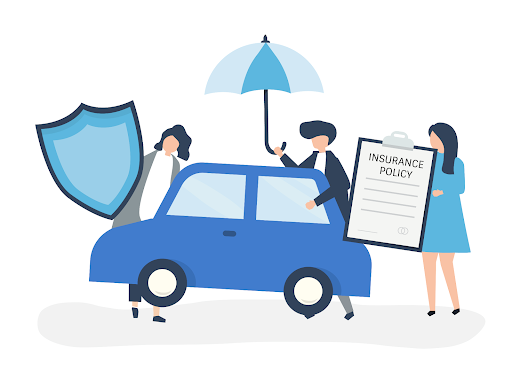Not all car insurance providers are the same. While some offer numerous coverage options, others provide a seamless claim process.
Finding the right auto insurance provider can feel like a game you never quite know how to win. But things don’t have to be so intimidating. Asking the right questions can save you from future headaches.
1.What are the Coverages?
Many first-time car owners believe that their insurance will automatically cover all financial and medical losses. The truth is, without the right coverage, you may not be able to avail such benefits.
There are four common types of car insurance coverages, including:
Liability insurance: It covers bodily injury and property damage if you’re at fault.
Comprehensive coverage: This includes non-collision incidents, such as theft, vandalism, or storm damage.
Collision coverage: This provides either repair or replacement of your vehicle if it is struck by another vehicle or object.
Uninsured/ underinsured motorist coverage: Many car insurance providers offer coverage if you get hit by a driver who is either uninsured or has inadequate insurance.
Many auto insurance providers offer optional coverages, such as roadside assistance and rental reimbursement.
Consider your financial situation, driving habits, and vehicle condition to choose the right coverage.
2.What are the Exclusions?
Exclusions are situations and incidents for which your auto insurance policy won’t provide coverage. Common examples include:
- Accidents that occur when you’re driving under the influence
- Damages or losses incurred by illegal activities
- Mechanical issues and normal wear and tear
- Unapproved modifications
Reading the fine print before signing up for a car insurance policy can save you from unfortunate surprises in the future.
3.What is My Deductible?
A car insurance policy comes with its fair share of expenses, with deductibles being the most common ones. A deductible is the amount of money you pay out of pocket before your insurance kicks in. It is a portion of the coverage you’re required to pay for yourself when you file a claim.
Suppose your deductible is $400 and the vehicle repair cost is $1,200. In this case, you’d have to pay the first $400, and your insurance provider will pay the remaining $800.
Deductibles vary, depending on your insurance provider’s policies. Consider the age and condition of your car, as well as your driving habits, when choosing a deductible.
Generally speaking, a higher deductible means a lower premium (monthly or yearly insurance payment).
4.Are There Any Discounts Available?
Next, inquire about the availability of discounts. Many insurance providers offer one of the following discounts:
Safe driver discount: If you don’t have a history of traffic violations or accidents, you can qualify for a safe driver discount.
Multi-car discount: Individuals with more than one insured vehicle can qualify for a multi-car discount, which typically comes with a lower premium and deductible.
Good student discount: Students with good academic records can qualify for this discount.
Paid-in-full discount: If you pay the insurance premiums for a set number of months (such as six months) in advance, you can qualify for a paid-in-full discount.

